Cooking beef can be daunting, but it doesn’t have to be! In this article, we’re diving into tips for creating mouth-watering stews, succulent steaks, and melt-in-your-mouth roasts. Plus, we’ll help you pick the best cuts and avoids the ones that’ll let you down.

Cooking beef can be daunting, but it doesn’t have to be! In this article, we’re diving into tips for creating mouth-watering stews, succulent steaks, and melt-in-your-mouth roasts. Plus, we’ll help you pick the best cuts and avoids the ones that’ll let you down.
An overview of cooking beef
The best way to prepare beef depends on the cut of meat you have. For steaks, roulades, and roasts, opt for beef from the back (e.g. roast beef, rump steak, topside, or silverside). The slightly fattier entrecôte or shoulder cuts are ideal for chops. Cuts like neck, shank, tail, and brisket are perfect for boiling and braising, while ribs should be grilled.
Much also depends on the connective tissue and fat content of a specific cut. These vary greatly between different cattle breeds.
Why does beef turn tough?
Beef can become tough for many reasons. Choosing the wrong cut for a dish or using poor-quality meat are common culprits. The best-quality beef comes from relatively young cows and bulls (1-3 years old). Proper feeding also plays a big role in the final quality of the meat. The world’s most expensive beef, Kobe beef, comes exclusively from Japanese Wagyu cows, which are fed select diets (including grains, root vegetables, legumes, and rice straw) and even given beer.
Proper food storage is crucial. Fresh, high-quality beef has a rich colour and visible marbling. The outer fat layer should be evenly distributed, and the meat should feel firm and elastic. Avoid dark meat with yellowish-brown fat when shopping.
Unfortunately, beef of unknown origin (often from old dairy cows) is still common. While it can still be made tasty, it requires a bit more culinary know-how. Cooking beef involves different methods compared to pork.
Top tips for tender beef
How can you make beef tender? Here are some key rules to follow when cooking beef:
- Marinating is essential, especially for tougher cuts. Let the beef soak in a herb and spice marinade for around 12 hours. To tenderise the meat, add vinegar or alcohol to the marinade – red wine or brandy work brilliantly. You can also use beer or vodka depending on the dish.
- Proper preparation – never mince the beef. Always slice it across the grain.
- Correct cooking times – beef should be seared quickly but cooked or baked for a long time.
There are also techniques for preserving beef and achieving a wonderfully tender consistency. One method is curing, where the meat is soaked in a special brine for up to two weeks.
How to fry beef correctly
When frying steaks, don’t use additional fat – place the meat directly onto a hot pan. Avoid salting the meat beforehand, and never fry beef straight from the fridge or freezer. Even the best frying pans won’t save you if the beef isn’t at room temperature.
How long you fry the beef depends on your preferred level of doneness (there are five levels). For steaks 2 cm thick and weighing 150 g, use these timings:
- Blue (lightly seared outside, raw inside) – 1 minute per side.
- Rare (bloody; slightly seared outside, red inside) – 2 minutes per side.
- Medium rare (half cooked; slightly red inside) – 2-3 minutes per side.
- Medium (nearly cooked through; brown outside, juicy inside) – 3-5 minutes per side.
- Well done (fully cooked; greyish inside with a dark crust) – 6-9 minutes per side.
How to roast beef
Roasting beef requires patience. Cooking time depends on the weight of the meat and the oven temperature. For example, a 1.5 kg joint should be roasted for at least 1.5 hours at 180°C.
Many chefs prefer slow-cooking beef at lower temperatures for richer flavours. According to a recipe from a renowned Parisian hotel, roasting times at 100°C are:
- 700 g – 3 hours,
- 1 kg – 3.5 hours,
- 1.5 kg – 4.5 hours,
- 2 kg – 5 hours.
Braising beef
Braising beef is also time-intensive – it can take over 2.5 hours, depending on the size of the cuts. For beef from older cows, cooking time is significantly longer. Adding wine or balsamic vinegar can help speed up the process.
Before braising, it’s worth searing the meat in oil for around 1.5 minutes per side to enhance the flavour and aroma.
Essential equipment for cooking tender beef
To cook tender beef, you’ll need the right tools. Cast iron pans ensure even cooking, but you can also use Teflon or ceramic models. For large grill plates, it’s tricky to prepare rare steaks. Restaurants serving such dishes will find investing in suitable pans essential.
Heavy-bottomed pots are great for braising, preventing the meat from burning during initial searing. In professional kitchens, convection ovens are best for slow-cooking beef.
When choosing a grill, models with lids are ideal for beef as they allow better control of temperature and steam. Although these require practice to use, they ensure your burgers and steaks are cooked to perfection.
Small and large restaurants increasingly use sous-vide cookers. Meat cooked in vacuum-sealed bags stays incredibly juicy, making this method highly valued.
How to cook beef so it stays tender – summary
Beef is packed with protein, vitamins (especially A, E, and B), and essential nutrients. When cooked right, it’s a true treat—bursting with rich flavour, tender texture, and that vibrant red hue, especially in a rare steak.
But let’s face it—beef isn’t cheap. That’s why getting it right is key. Without proper care or know-how, it’s all too easy to overcook it, leaving you with a tough, dry disappointment. Follow our tips to make every cut count!

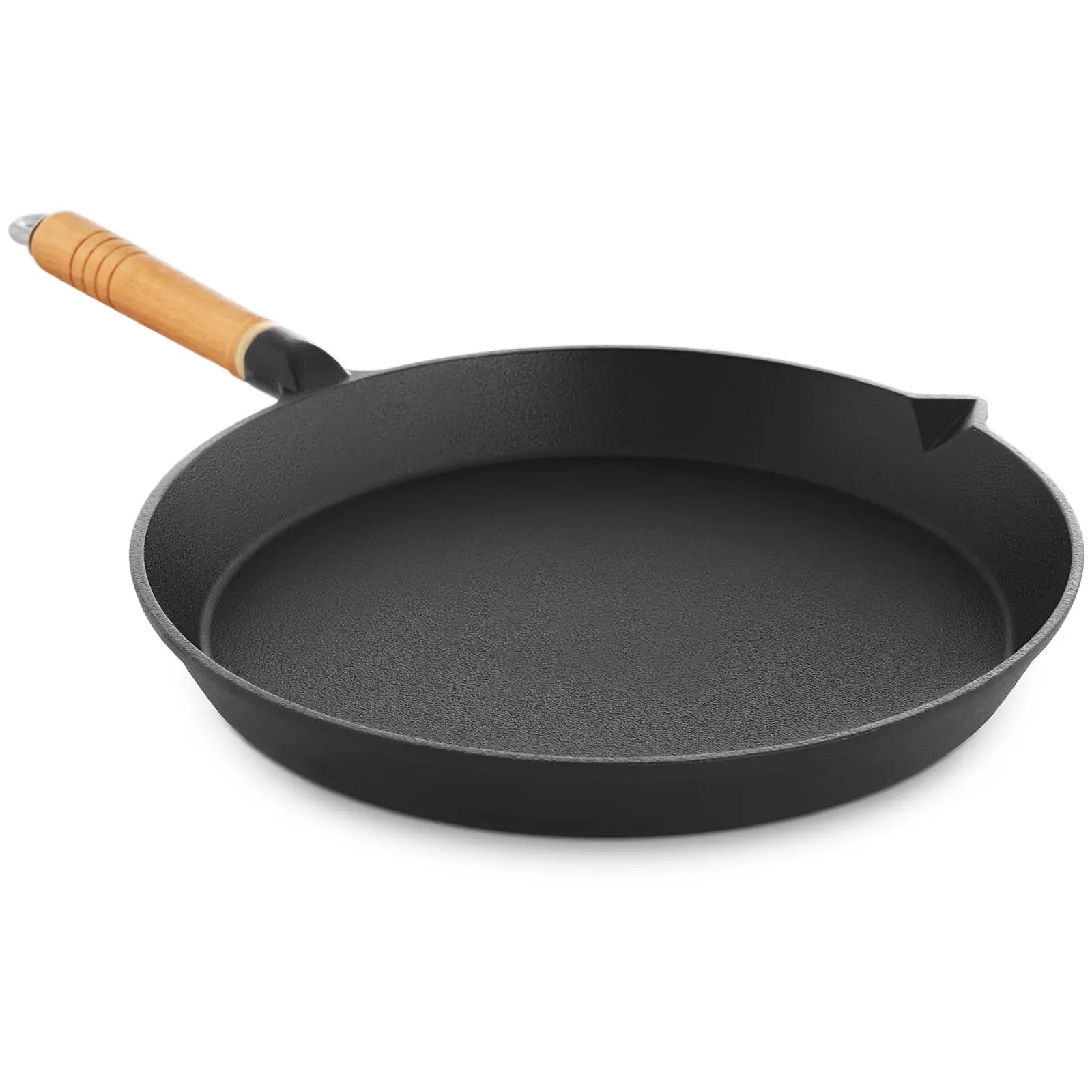
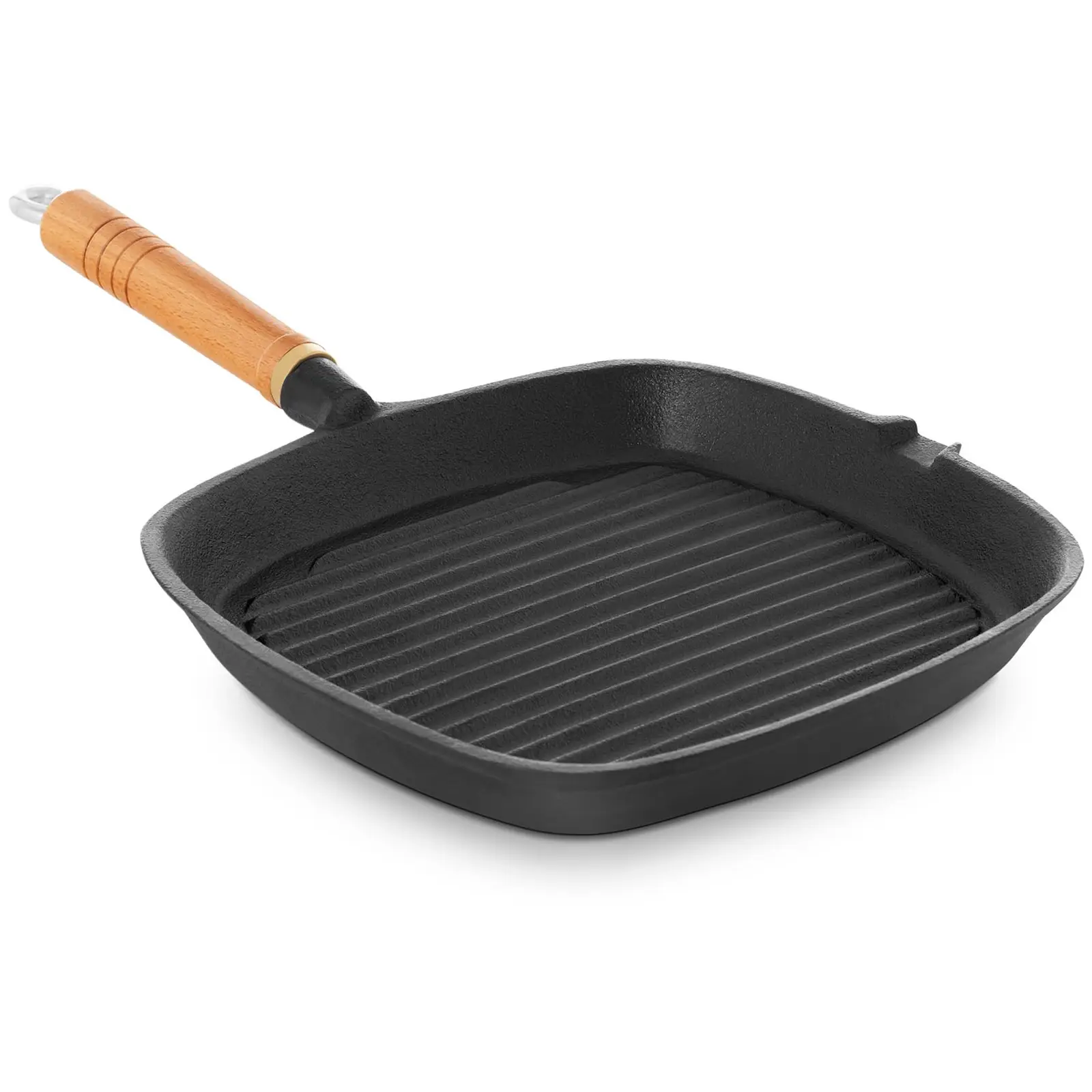
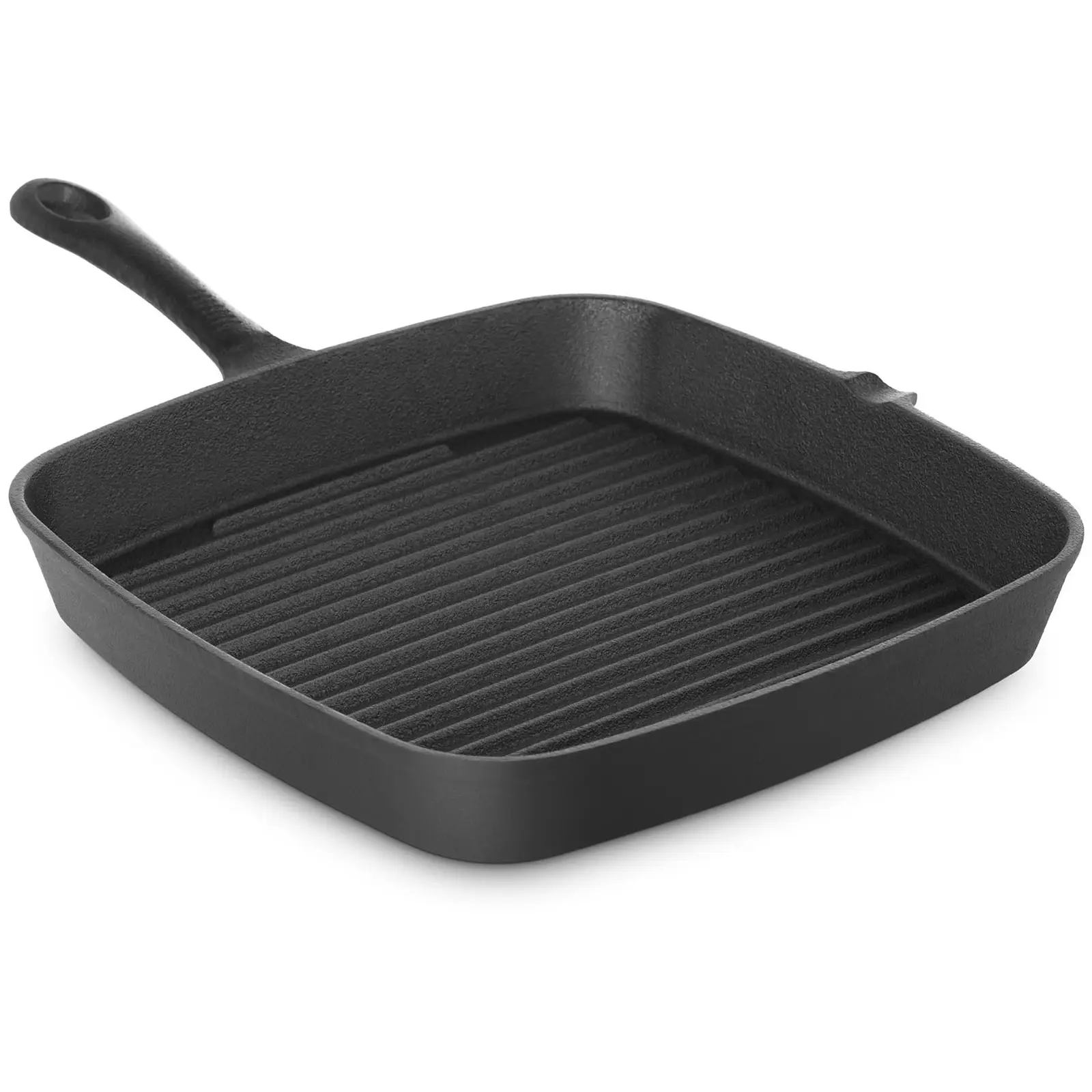
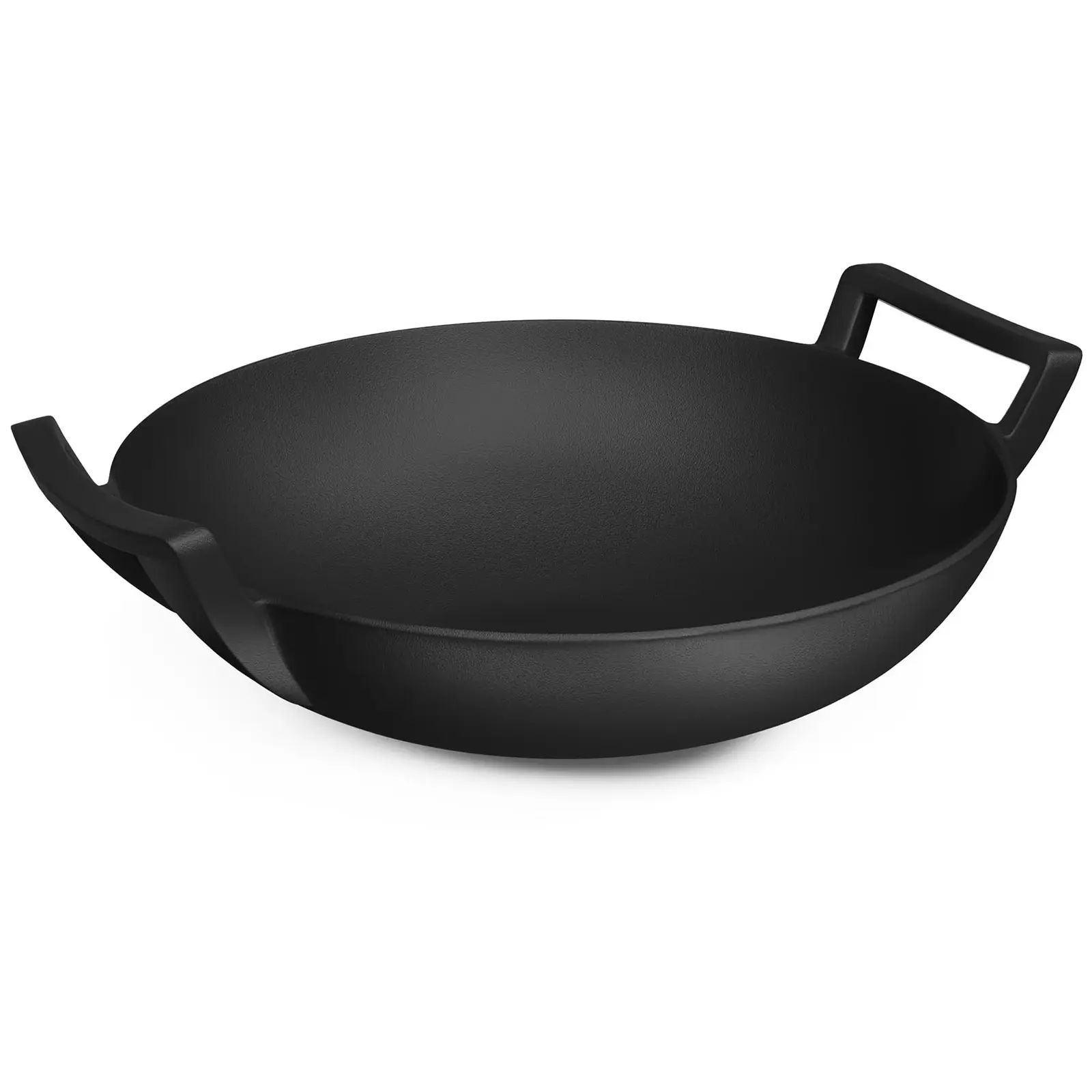
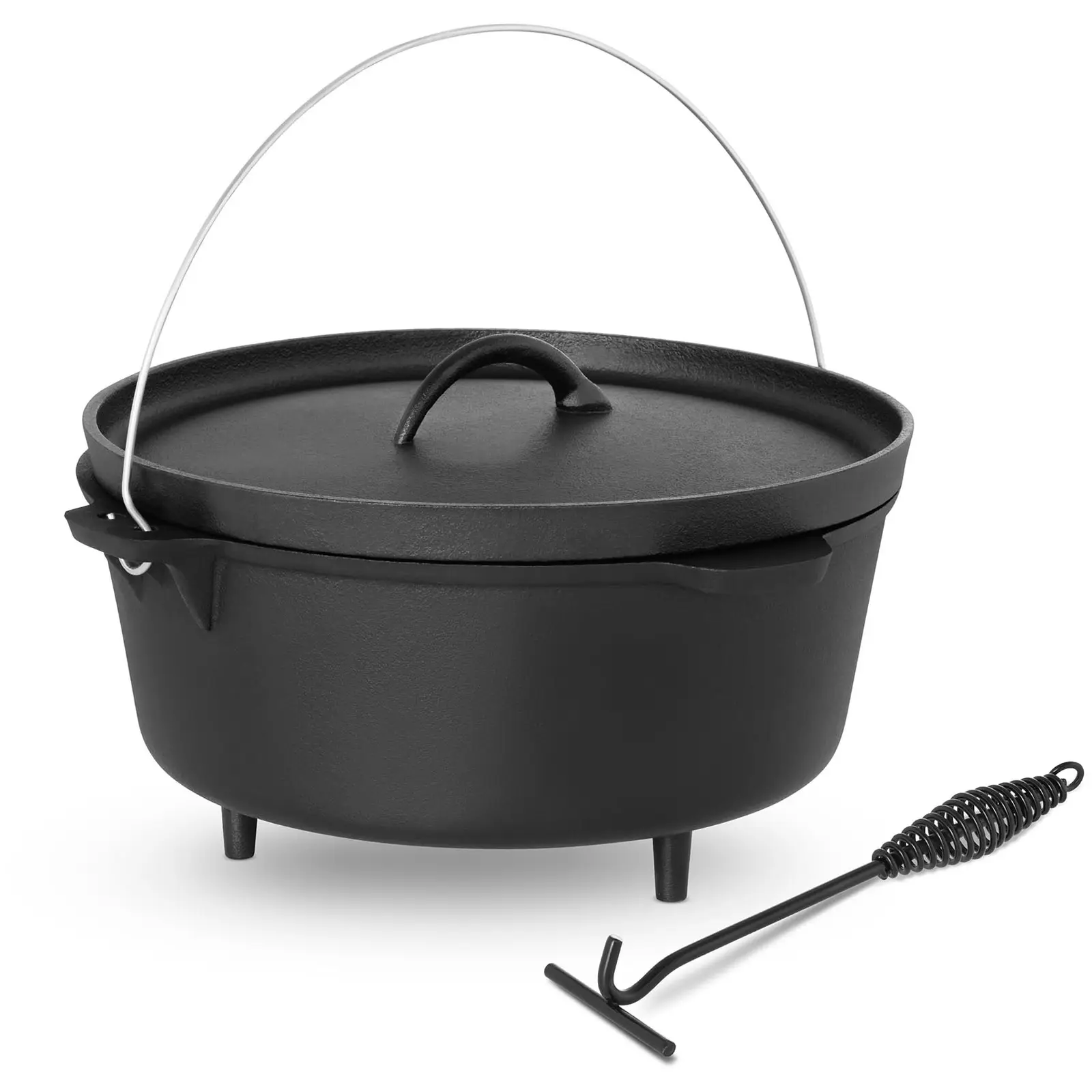
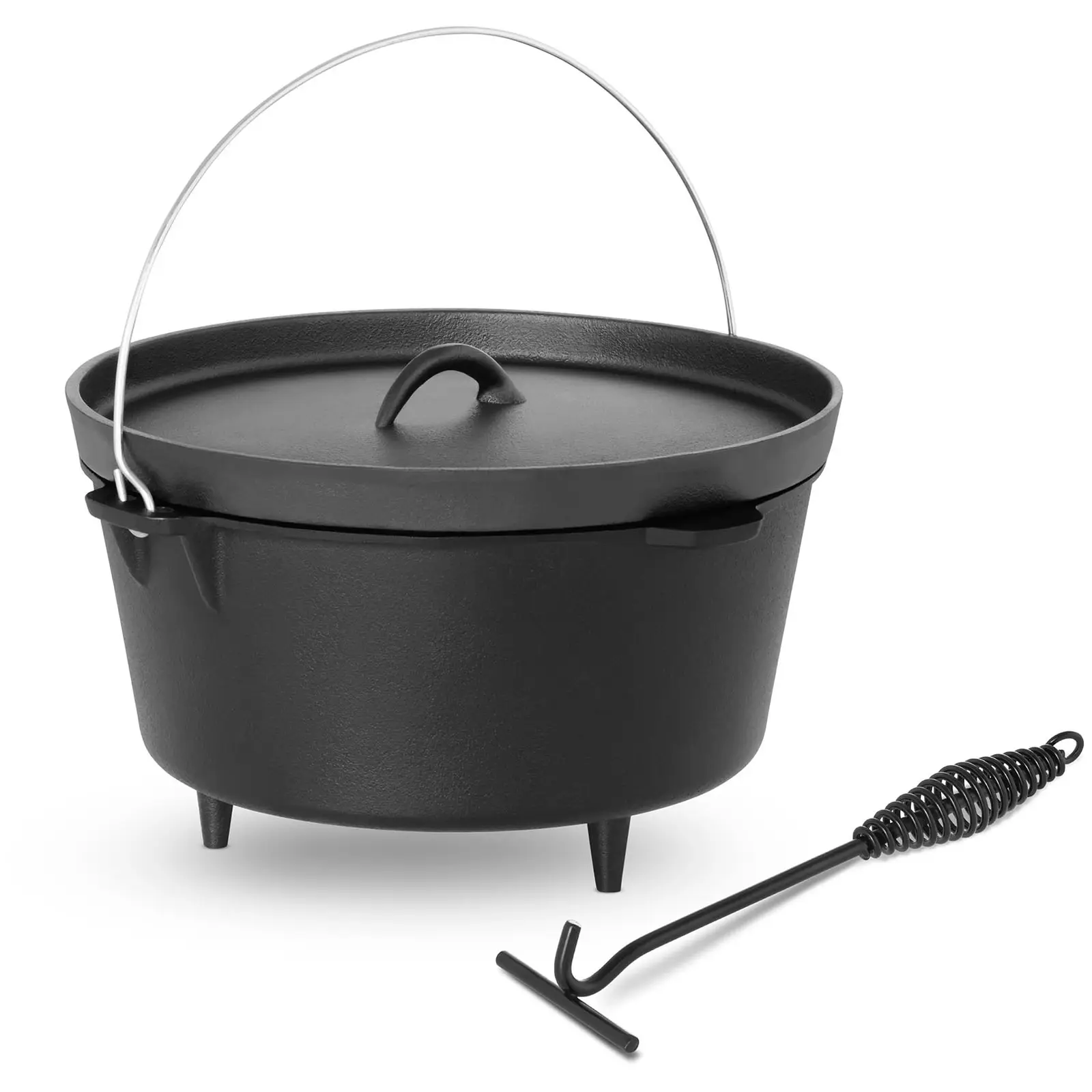
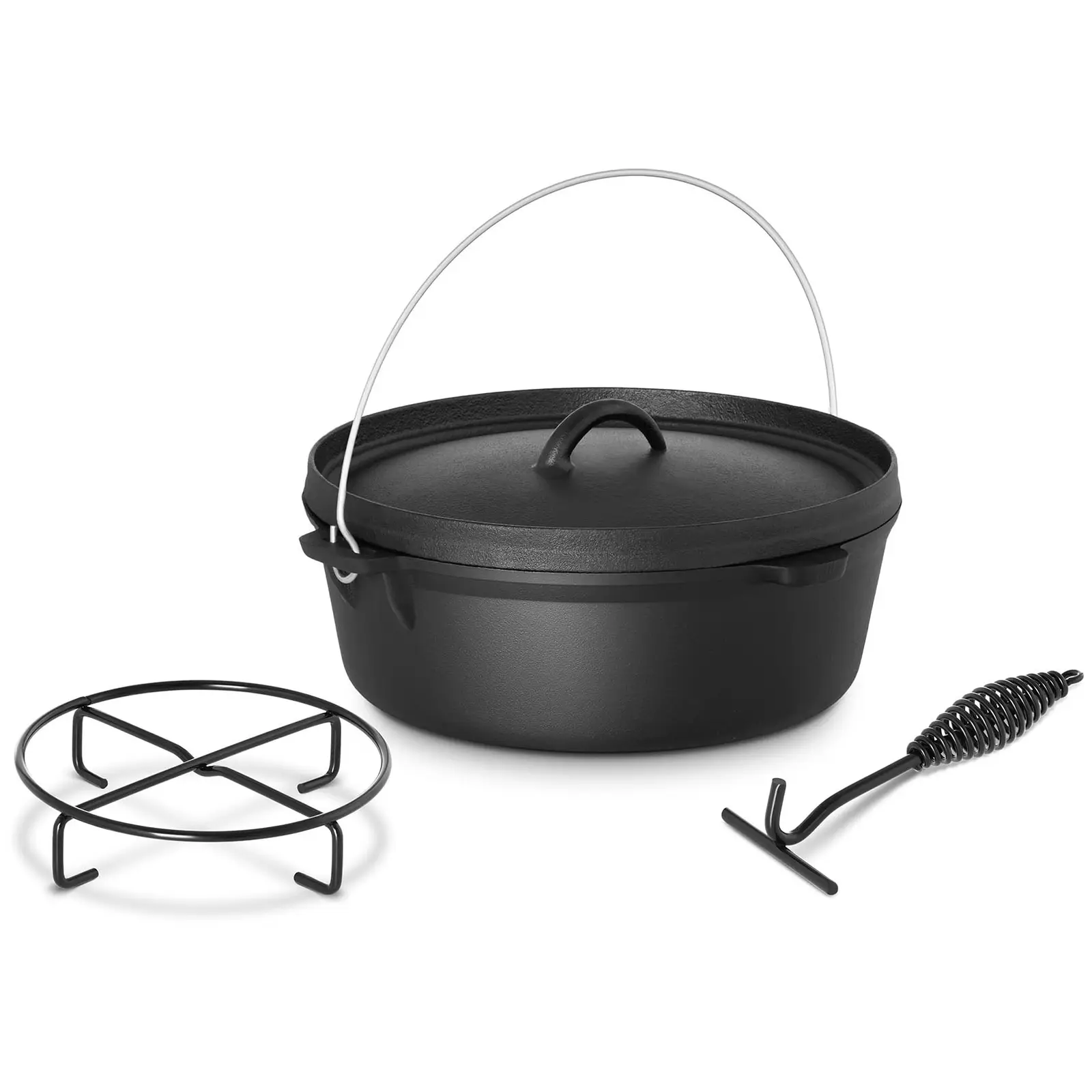
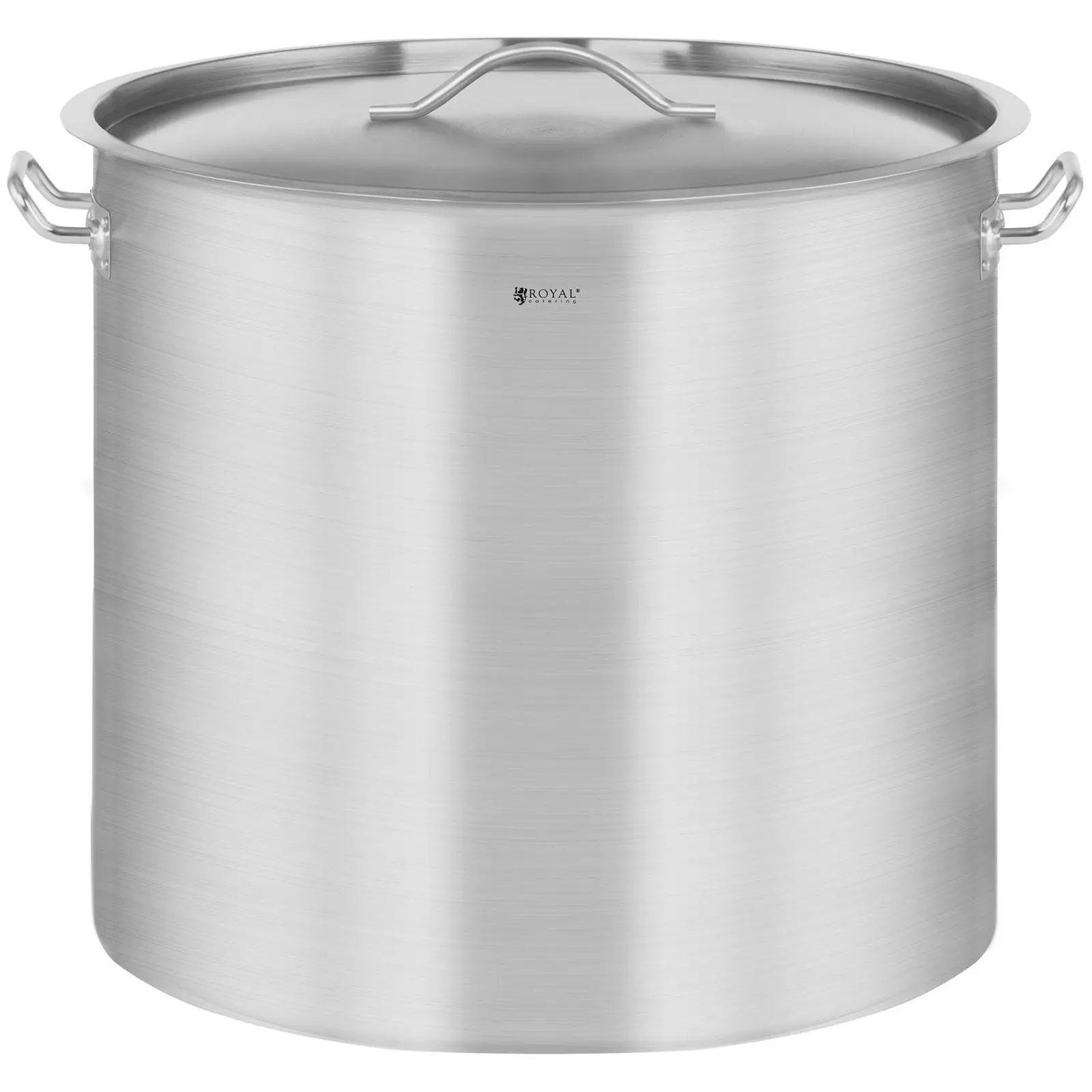
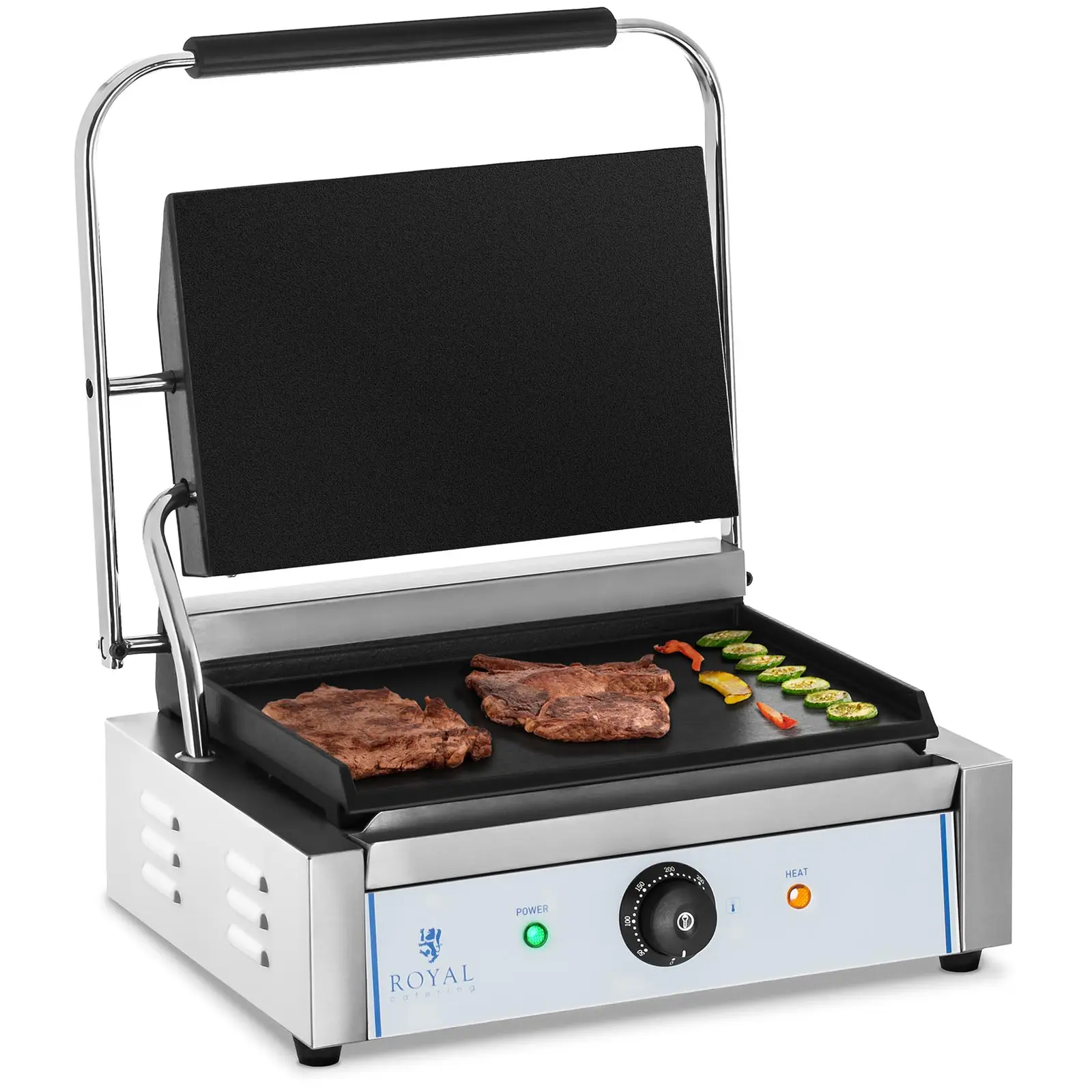
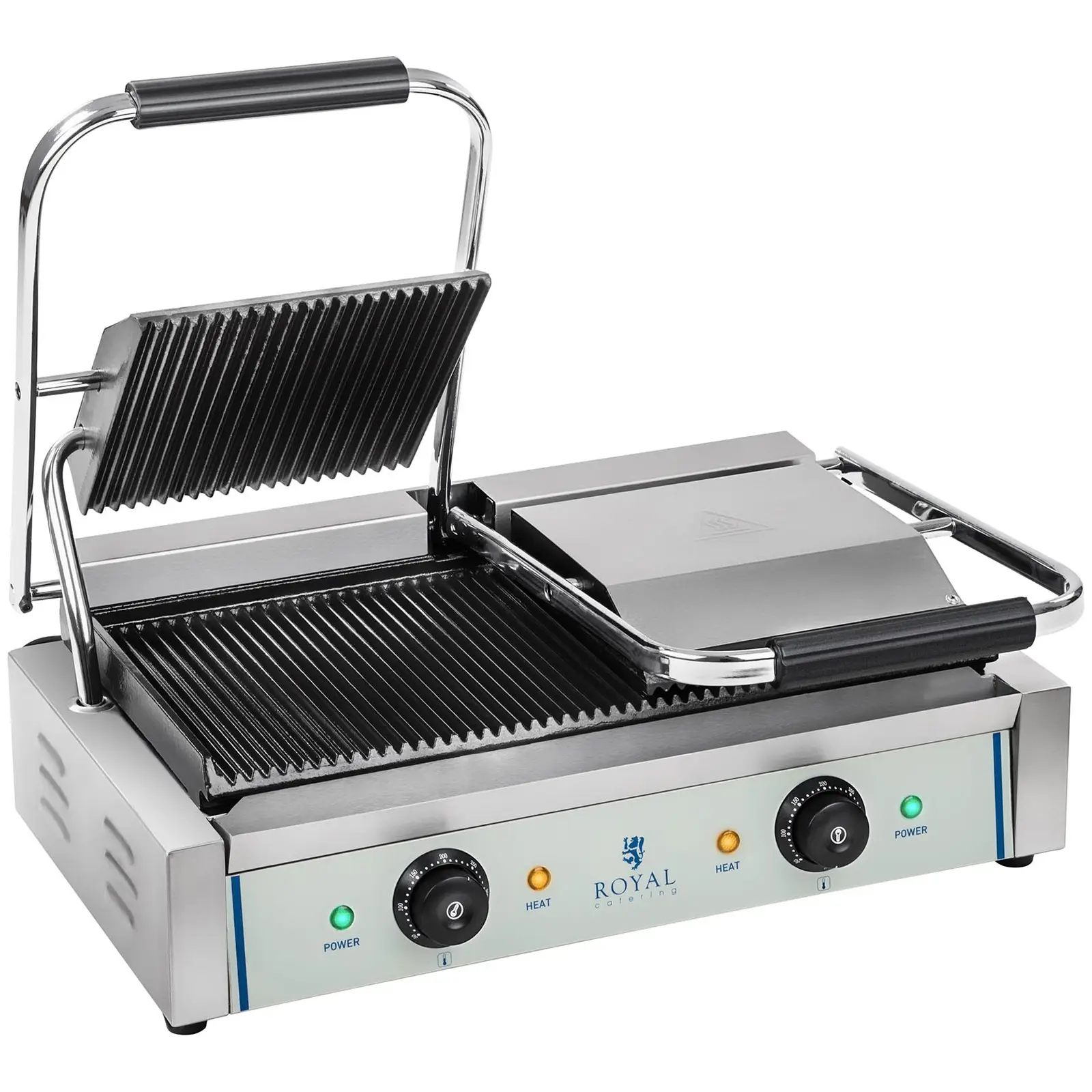

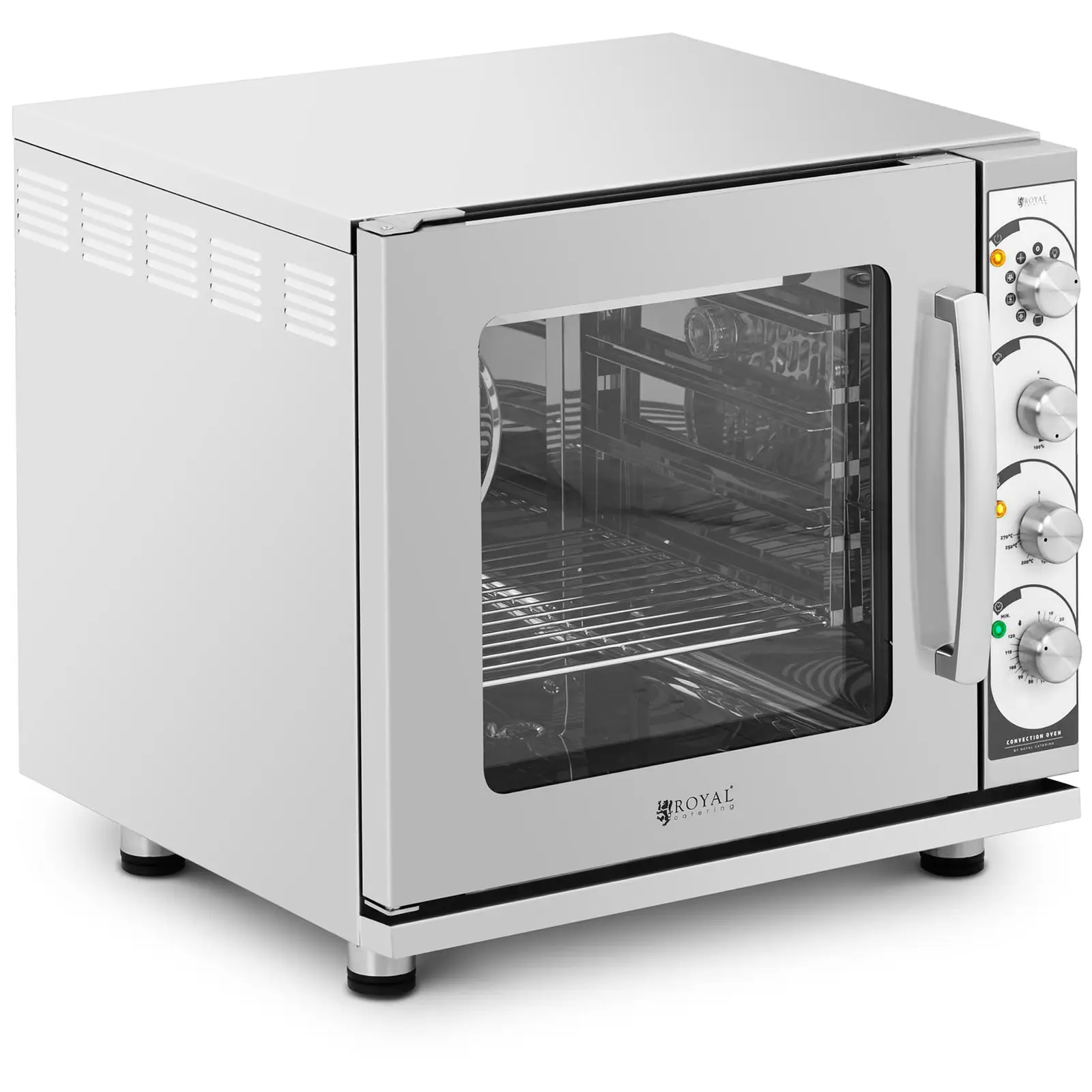


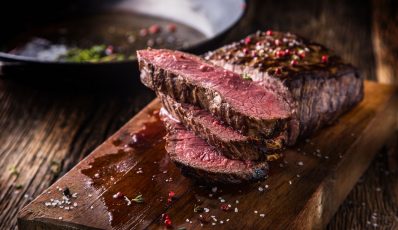


Share